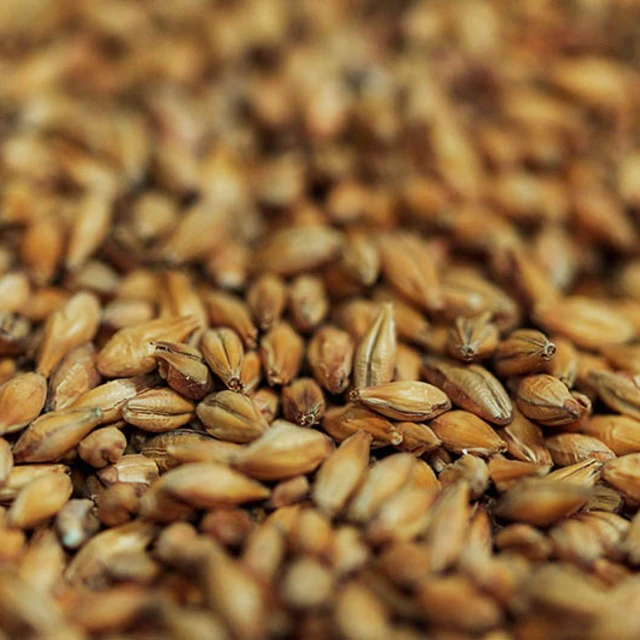
Brewery elevates beer quality and saves costs
Case Study: Read how this brewery used yeast to optimize its existing dealcoholization process, improving beer shelf-life and aroma
Brewery left disappointed with 0.0% ABV beer quality
A brewery recently invested in thermal dealcoholization technology for their 0.0% ABV products. But they were not satisfied with the resulting beer quality, which had limited shelf-life and insufficient aroma.
SmartBev™ NEER™ boosts aroma while saving costs
Using Novonesis’ SmartBev™ NEER™ yeast for 0.0% ABV, the brewery produced a much more aromatic beer.
They obtained the same volume of 0.0% ABV beer while saving more than 50% of malt compared to de-alcoholization. In addition, they saved on energy costs, and the SmartBev™ NEER™ process was much faster, taking only 2-3 days from brewing to filling.
Location: Scandinavia
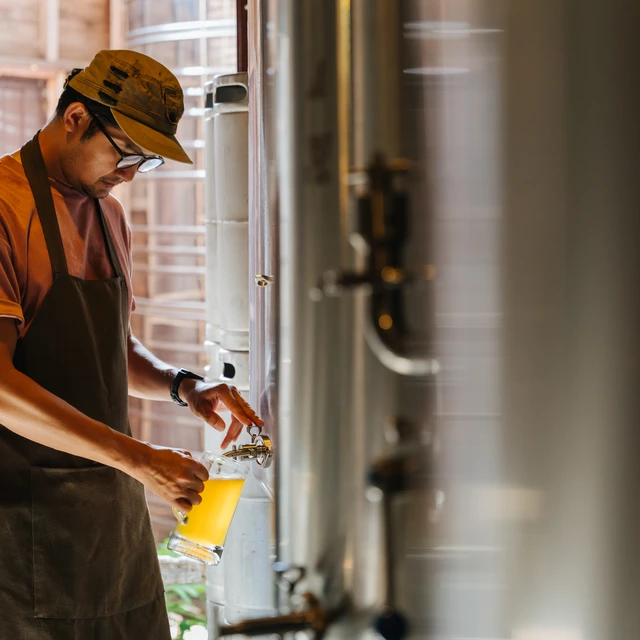
SmartBev™ NEER™ simplifies low-alcohol brewing
Novonesis’ SmartBev™ NEER™ concept makes it possible to use existing brewery equipment and processes and requires no or little investment up front.
The brewery can decide if they want to develop non-alcoholic (<0.5% ABV) or alcohol free (<0.05% ABV) products. SmartBev™ NEER™ supports both options, because it is Crabtree Negative.
Explore more success stories.
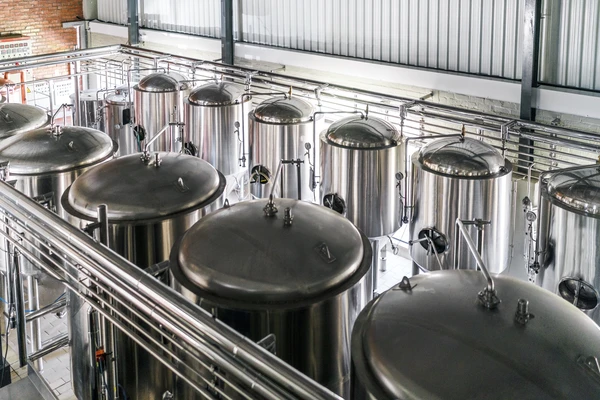
Launch of a non-alcoholic IPA in less than three months
Case Study: Compared to dealcoholization, this brewery found a more cost-efficient and sustainable way to produce a non-alcoholic IPA.
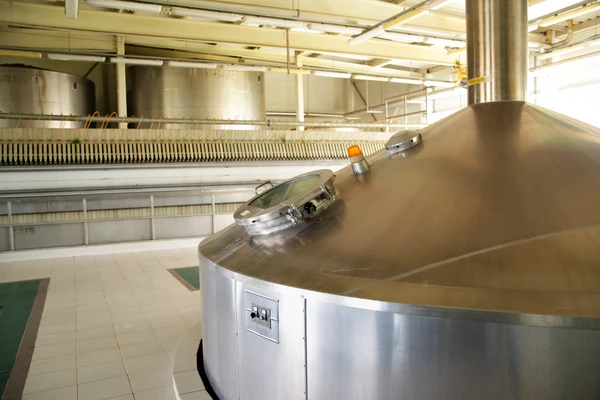
Enzymes save time and money in brewing
Challenge: For liquefaction, a regional brewer was still using a complex series of temperature holds and rises and multiple additions of malt material to the cereal cooker.
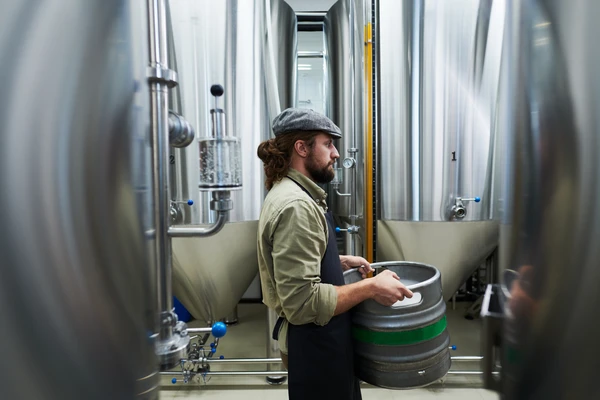
3 X lower dosing rate cuts costs
Challenge: Production of a regional and international brewer’s ultra-low-carb beer used a glucoamylase that required a very high dose rate. By switching enzymes, the brewery saved money.